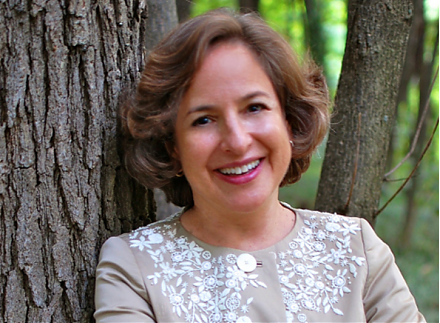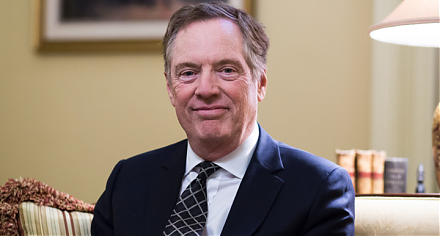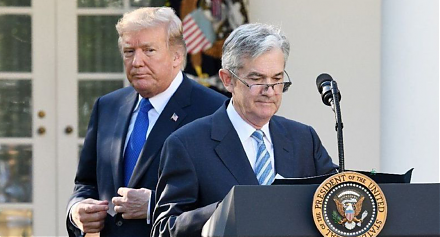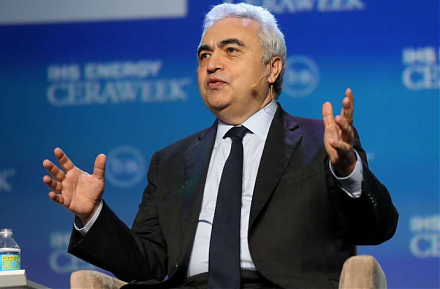

Home > Library > Credit default swaps and interest rate innovations
Author Andy Yeh Alpha
This research article empirically shows the mysterious and inexorable nexus between credit default swap spreads and interest rate surprises.
Description:
This paper examines the empirical relationship between credit risk and interest rate risk. We use the credit default swap (CDS) spread as our measure of credit risk. Also, we control for the variation in the fair-value spread that combines multiple sources of default risk, including the market price of risk (Sharpe ratio), the loss given default (LGD), and the expected default frequency (EDF). After taking into account the fair-value spread, a liquidity risk factor, and several proxies for the general state of the macroeconomy, we find that the interest rate surprise factor serves as a robust determinant of CDS spread gyrations in both the full sample and most subsamples organized by industry type and credit rating status. Furthermore, we empirically find that the swap interest rate variables convey material information about CDS spread movements above and beyond the Treasury interest rate variables in the vast majority of 2SLS regressions. These empirical results have important implications for the parameterization of interest rate dynamics in the Monte Carlo simulation of economic capital for a typical bank's credit portfolio.
2020-10-06 09:31:00 Tuesday ET

Strategic managers envision lofty purposes to enjoy incremental consistent progress over time. Allison Rimm (2015) The joy of strategy: a bu
2019-03-17 14:35:00 Sunday ET

U.S. trade rep Robert Lighthizer proposes America to require regular touchpoints to ensure Sino-U.S. trade deal enforcement. America has to maintain the thr
2023-03-28 11:30:00 Tuesday ET

The Federal Reserve System conducts monetary policy decisions, interest rate adjustments, and inter-bank payment operations. Peter Conti-Brown (2017)
2018-08-31 08:42:00 Friday ET

We share several famous inspirational stock market quotes by Warren Buffett, Peter Lynch, Benjamin Graham, Ben Franklin, Philip Fisher, and Michael Jensen.
2019-05-19 19:31:00 Sunday ET

MIT professor and co-author Daron Acemoglu suggests that economic prosperity comes from high-wage job creation. Progressive tax redistribution cannot achiev
2019-03-25 17:30:00 Monday ET

America seeks to advance the global energy dominance agenda by toppling Saudi Arabia as the top oil exporter by 2024. The International Energy Agency (IEA)